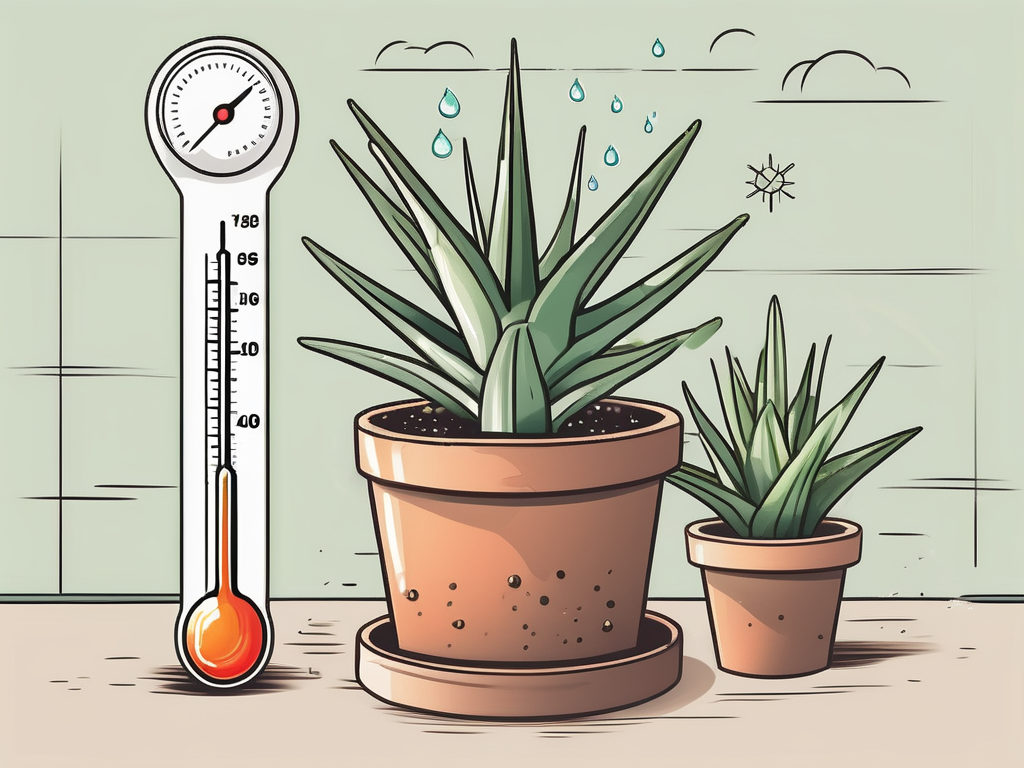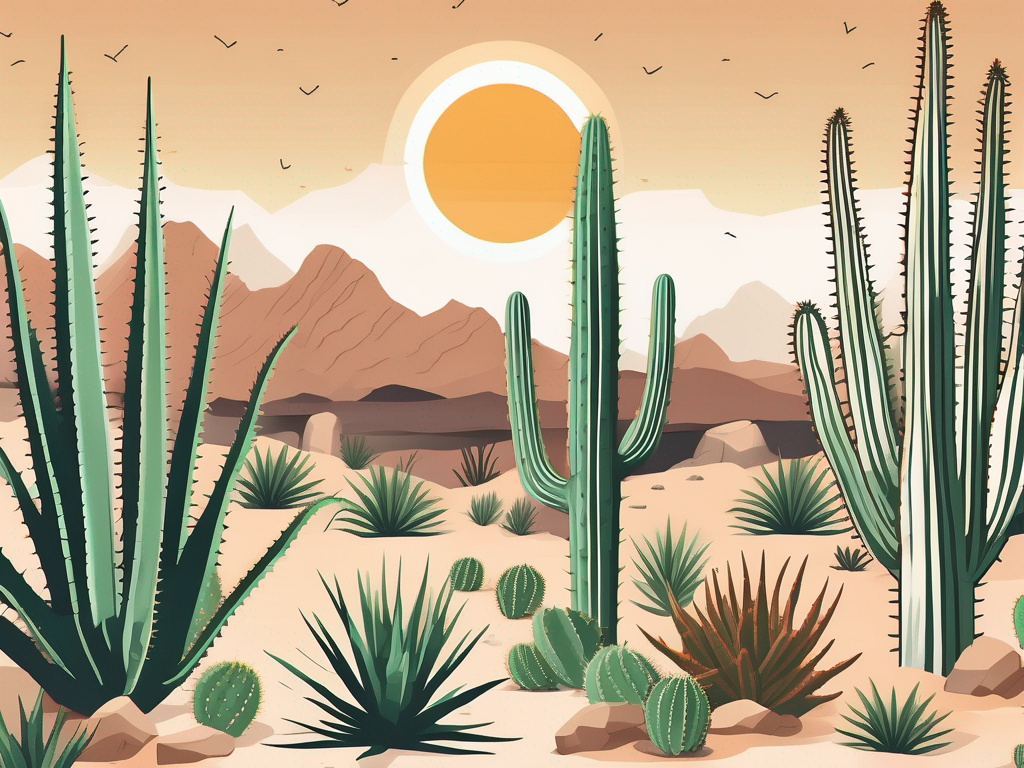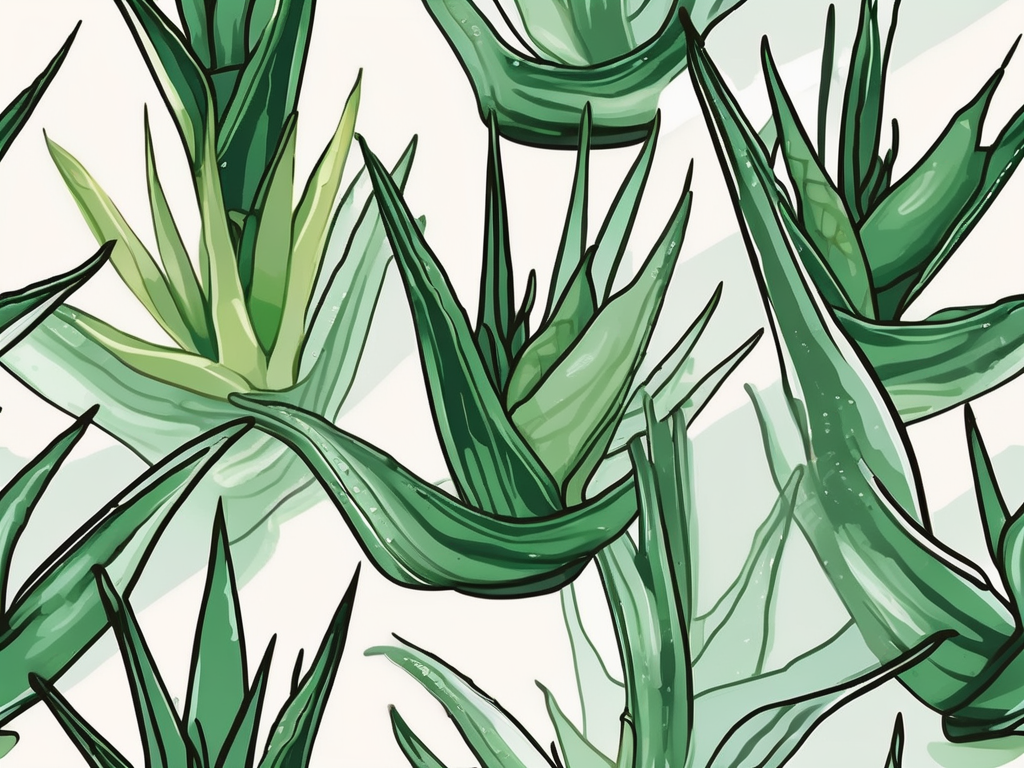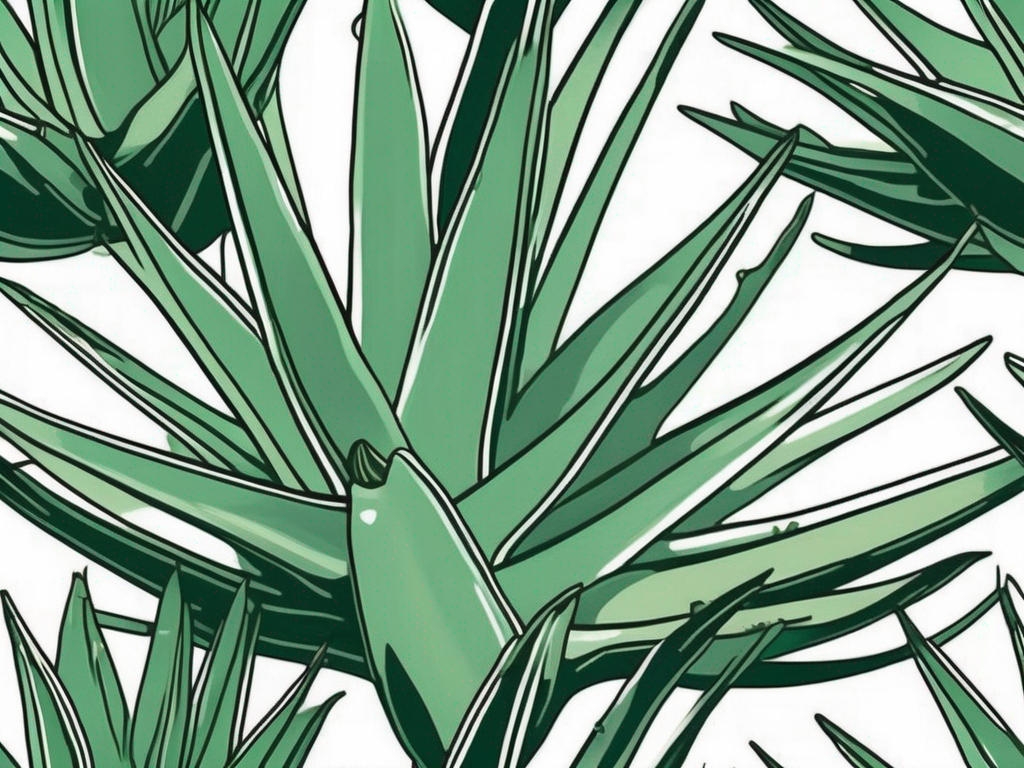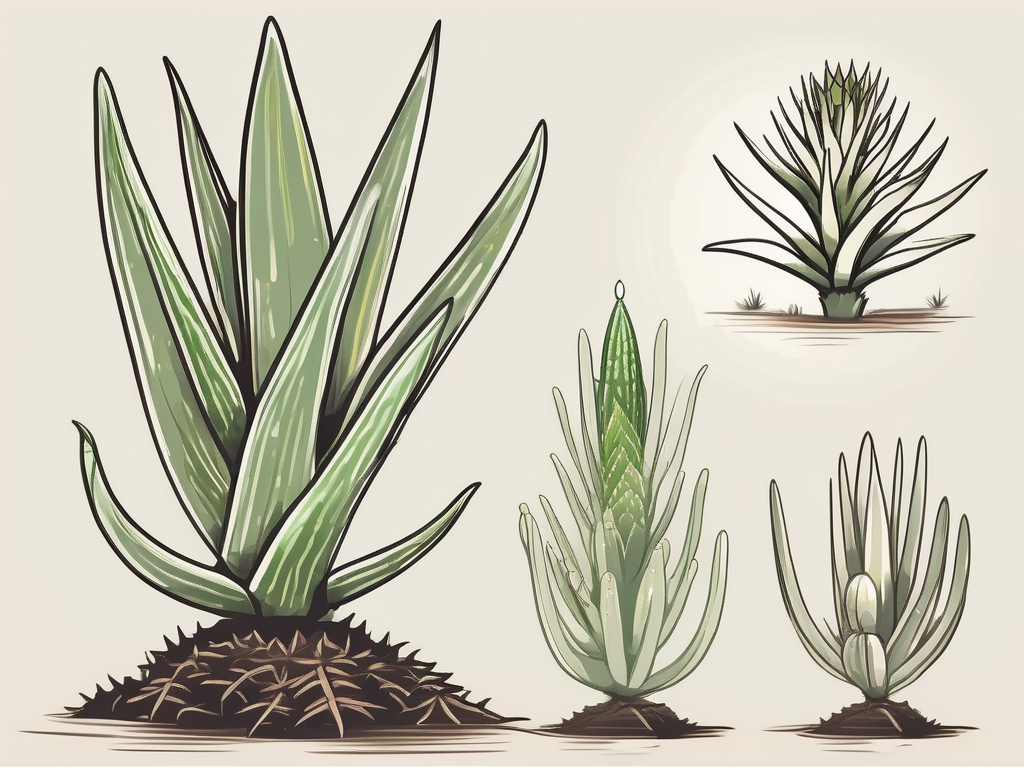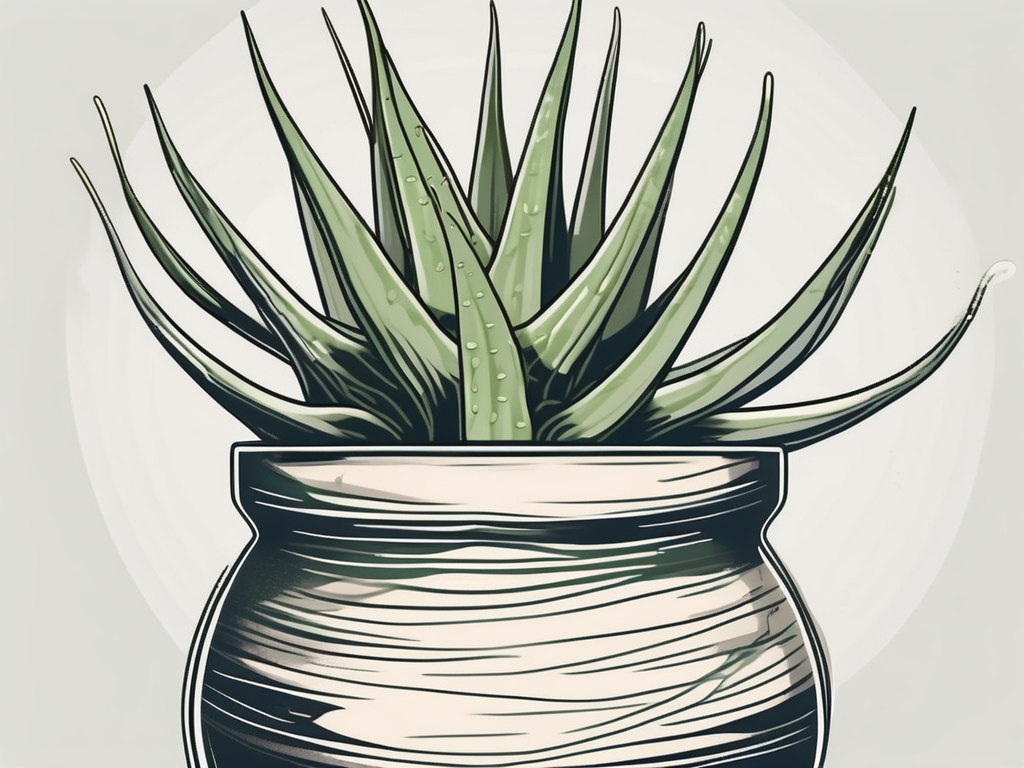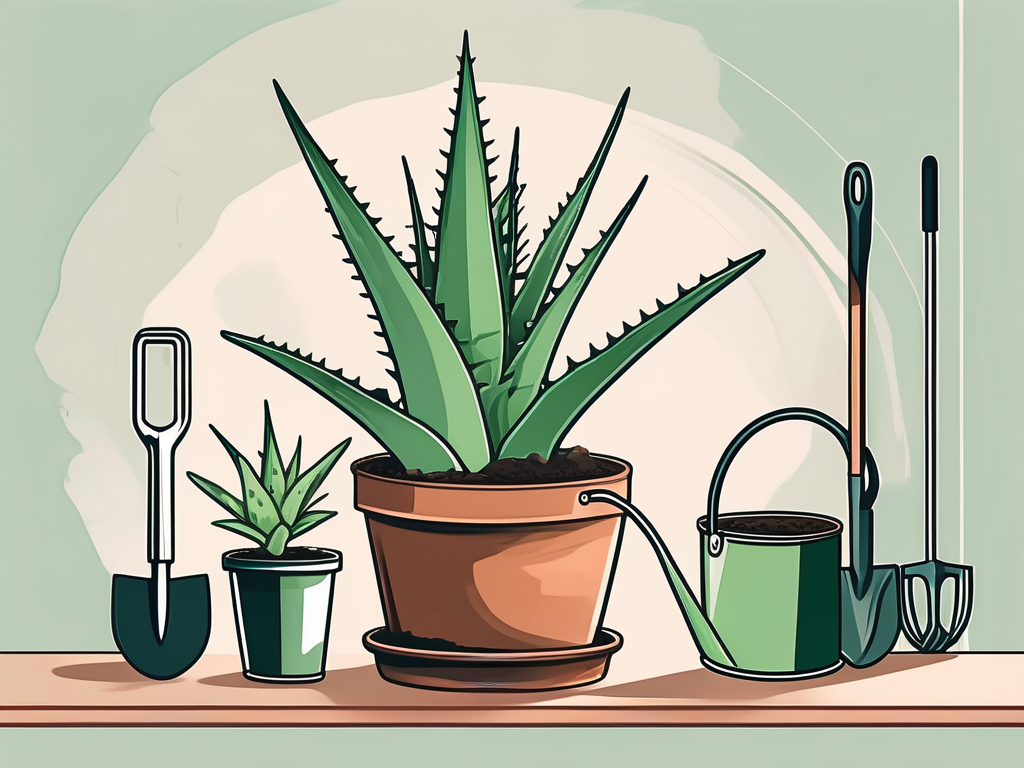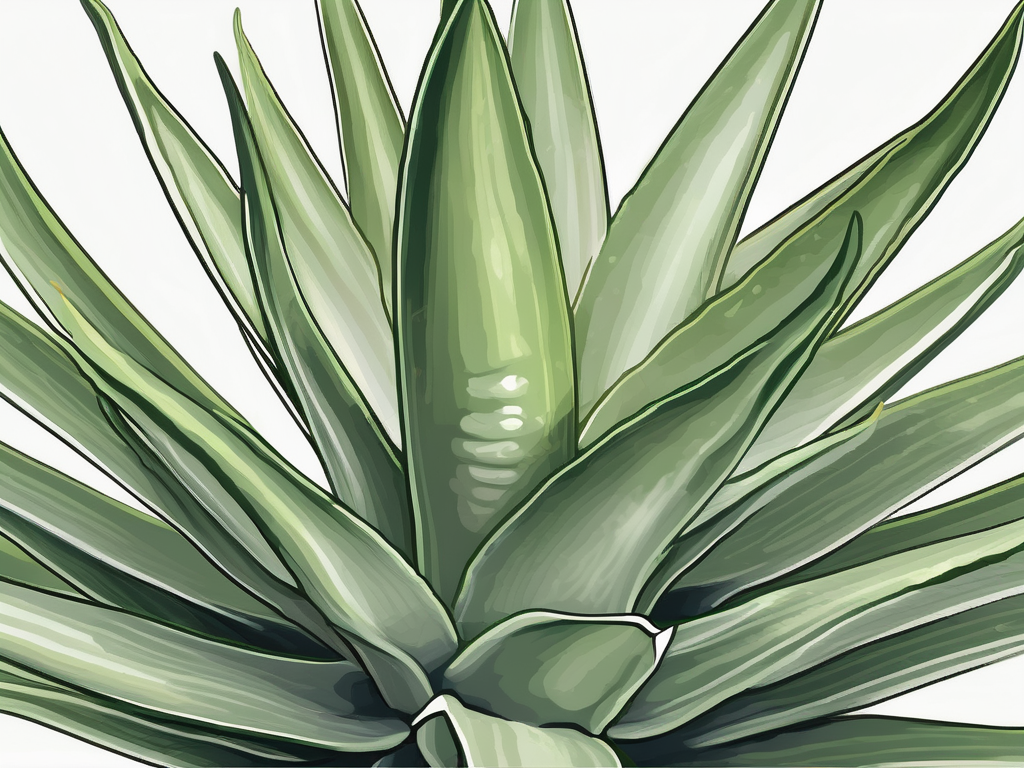
Aloe vera is more than just a succulent with a reputation for soothing sunburns. It's a plant with a rich history and an intriguing scientific background. While it might be a staple in your skincare routine or a decorative element in your living room, there's much more to discover about its scientific name and classification.
In this post, we'll journey through the fascinating world of Aloe vera, starting with its scientific name, classification, and history. We'll also explore practical details about its care, common pests, and how to incorporate it into your home design. Let's get started!
The Scientific Name and Classification
Aloe vera is known scientifically as Aloe barbadensis miller. This name might sound like a mouthful, but it helps botanists and plant lovers alike identify and categorize this particular species of Aloe. The genus name, "Aloe," encompasses hundreds of succulent species, but "vera" specifies the particular species known for its medicinal properties.
The classification of Aloe vera falls under the family Asphodelaceae, which might not be a term you hear every day. This family includes flowering plants that are predominantly found in tropical and southern Africa. Interestingly, the term "vera" means "true" in Latin, highlighting the plant's well-regarded status in herbal medicine.
Within the plant kingdom, scientific names are crucial for differentiating between species. Think of it like having a first and last name, ensuring that every plant is uniquely identifiable. This system helps prevent confusion, especially since common names can vary widely across different cultures and regions.
The History of Aloe Vera
Aloe vera has been a beloved plant for centuries, with its history tracing back to ancient civilizations. The Egyptians, often credited with pioneering many aspects of herbal medicine, referred to it as the "plant of immortality." Cleopatra and Nefertiti reportedly used it as part of their beauty regimens.
Fast forward to today, and Aloe vera still holds a revered spot in both beauty and health industries. Its gel is widely used in cosmetics, skincare products, and even beverages. This enduring popularity speaks to its effectiveness and versatility, characteristics that have been recognized for millennia.
Understanding the historical significance of Aloe vera allows us to appreciate its continued presence in modern homes. Whether you're using it to soothe a sunburn or simply enjoying its aesthetic appeal, you're participating in a long tradition of Aloe vera appreciation.
Physical Characteristics of Aloe Vera
Before we delve into care tips, let's talk about what makes Aloe vera so visually distinctive. It's a succulent, meaning it's designed to retain water, which is evident in its thick, fleshy leaves. These leaves are typically grey-green, with serrated edges that add a bit of drama to its appearance.
The gel inside the leaves is what Aloe vera is most famous for. This clear, gooey substance has a cooling effect, making it perfect for topical applications. If you've ever snapped a leaf and applied the gel directly to your skin, you know what I'm talking about.
Aloe vera can grow up to 24-39 inches in height, depending on the variety and growing conditions. It may produce yellow tubular flowers, although flowering is less common when grown indoors. However, with the right care, you might be lucky enough to see your plant blossom.
Caring for Your Aloe Vera
Now that you've got a handle on the basics, let's get into how to keep your Aloe vera thriving. First and foremost, it's all about the light. Aloe vera loves bright, indirect sunlight. A sunny windowsill is perfect, but avoid scorching direct sun, which can cause the leaves to turn brown.
When it comes to watering, less is more. Aloe vera is drought-tolerant, so it's better to err on the side of underwatering. Make sure the soil is completely dry before you water again. Typically, this means watering every 2-3 weeks, but it can vary depending on your home's humidity and temperature.
Speaking of soil, Aloe vera does best in a well-draining cactus mix. If you're mixing your own, combine regular potting soil with sand or perlite to improve drainage. The goal is to prevent water from sitting in the pot, which can lead to root rot—a common issue with succulents.
Common Pests and Problems
Even the best-cared-for Aloe vera can encounter some issues. Common pests include mealybugs, aphids, and spider mites. These pests can cause damage by sucking the sap from the leaves, leading to wilting or discoloration.
If you spot pests, you can often treat them with a simple solution of water and dish soap. Spray it on the affected areas and wipe the pests away. For a more natural approach, neem oil is also an effective treatment.
Root rot is another problem to watch out for. This occurs when the roots sit in water for too long, leading to decay. Ensure your pot has drainage holes and that you're using the right soil mix to prevent this issue.
Incorporating Aloe Vera into Home Design
Aside from its medicinal uses, Aloe vera is also a fantastic addition to your home decor. Its sculptural form and vibrant color make it a striking plant for any room. Whether you have a minimalist aesthetic or a more eclectic style, Aloe vera can fit right in.
Try placing Aloe vera in a ceramic or terracotta pot to complement its natural beauty. These materials not only look great but also help with moisture regulation, keeping your plant healthy. Aloe vera can be a wonderful centerpiece for a coffee table or a fresh addition to your kitchen counter.
If you're feeling creative, consider creating a succulent arrangement with Aloe vera as the star. Pair it with other succulents that have contrasting shapes and colors for a visually appealing display. Just remember to choose plants with similar care needs to ensure they all thrive together.
Propagating Aloe Vera
If you've ever wanted to multiply your Aloe vera collection, propagation is the way to go. Aloe vera is relatively easy to propagate, making it a fun project for plant lovers. The most common method is using offsets, also known as "pups," which grow from the base of the parent plant.
Here's a simple step-by-step guide to propagate Aloe vera:
- Wait for the pup to reach at least 3-4 inches in height. This ensures it's mature enough to survive on its own.
- Gently remove the entire plant from its pot to access the roots.
- Separate the pup from the parent plant using a clean, sharp knife. Make sure each piece has its own root system.
- Allow the pup to dry for a day or two to form a callous over the cut area. This helps prevent rot when planted.
- Plant the pup in a small pot with well-draining soil. Water it lightly and place it in a bright, indirect light spot.
With time and the right conditions, your new Aloe vera plant will start to grow, adding fresh greenery to your home.
Fun Facts About Aloe Vera
Did you know Aloe vera has more to offer than just good looks and medicinal properties? Here's a fun tidbit: Aloe vera has been used in space! NASA has studied it as part of their research on air purification, as it's known to help remove toxins from the air.
Another interesting fact is that Aloe vera gel is edible, though it should be consumed in moderation. It's often used in beverages and can be found in health food stores as a juice. However, always ensure it's safe and properly prepared before consumption.
Finally, Aloe vera has a significant role in various cultural traditions. In many cultures, it's regarded as a symbol of protection and healing, often used in rituals and ceremonies. Its enduring popularity across different societies speaks to its universal appeal and versatility.
Final Thoughts
We've explored the intriguing world of Aloe vera, from its scientific name and historical significance to practical care tips and design ideas. This versatile plant is a wonderful addition to any home, offering both beauty and functionality.
Here at Cafe Planta, we're dedicated to helping you care for your plants. Whether you're looking for new additions or need advice on plant care, we're here for you. Feel free to email us or DM us on Instagram. We believe in the power of plants to connect us with nature and each other, and we're excited to share this journey with you.













